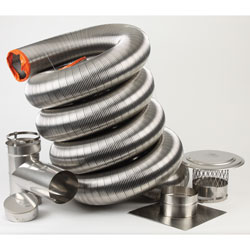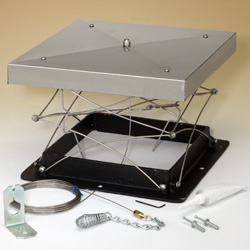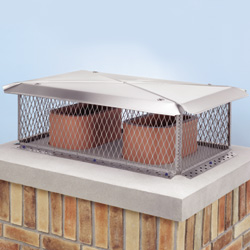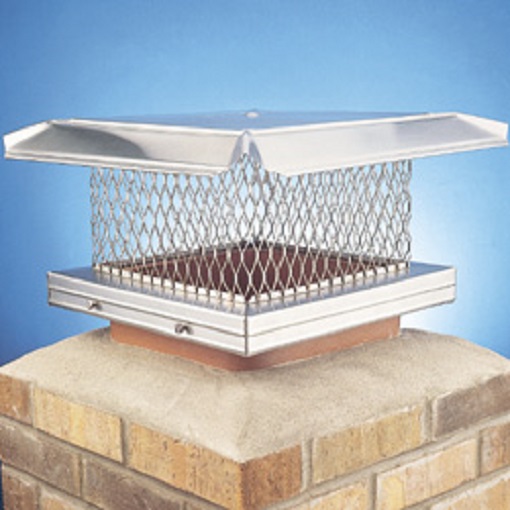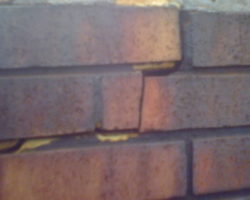 Have you ever looked really close at your chimney? If not, take a look. What you may see might shock you. From afar, your chimney might look fine. But, up close, you may see that the mortar joints are deteriorating. Prolonged neglect of this problem could lead to major chimney problems down the road. Luckily, “Tuck Pointing” the deteriorated mortar joints now will save you a major chimney repair cost later.
Have you ever looked really close at your chimney? If not, take a look. What you may see might shock you. From afar, your chimney might look fine. But, up close, you may see that the mortar joints are deteriorating. Prolonged neglect of this problem could lead to major chimney problems down the road. Luckily, “Tuck Pointing” the deteriorated mortar joints now will save you a major chimney repair cost later.
What is Tuck Pointing?
Tuck pointing is the process of removing a certain amount of mortar from between the bricks. Then, new mortar is replaced, or tucked, back into the mortar joints. While this process is being completed, the joints are struck or raked. Striking or raking is done to match the brickwork joints to the original joints. When the tuck pointing process is complete, the brickwork is cleaned of any stray mortar. Finally, a good masonry water repellent should be sprayed on the new mortar work. When completed, A good tuck pointing job will look like new chimney masonry construction.
Tuck Pointing: How to Tuck Point
Tuck Pointing is not an easy job. Actually, it can be a very tedious process. Fortunately, the proper tools and training can help to speed up the pointing process.
- The existing mortar joints must be cut to begin the tuck pointing process. Usually, these joints should be cut 1/4″ to 1/2″ deep. This can be easily done using a tuck point grinder with a tuck pointing blade. While grinding, be sure to grind not only the bed joints but the soldier joints as well.
- Once the cutting is complete, use a brush or an air compressor to remove excess dust from the joints and bricks.
- Next, you will replace the new mortar into the joints you just cut. To do this use a small trowl or a tuck pointing trowl. Put a small amount of mortar on the edge of the trowl. place the mortar into each joint. Make sure not to run the flat of the trowl on the brick face. This will leave mortar and stain on the brick. You want to keep the brick as clean as possible.
- Throughout this process, you will want to use a striking tool or a joint rake on each mortar joint. Do this before the mortar sets to a dried state. Striking each joint or raking will weatherize each joint and give your work a finished look.
- When the pointing is complete, let the mortar set to a semi-dry stage. Then, take a brush or rag and clean excess mortar and dust from the joints and brick.
- Finally, it is a good idea to treat the newly tuck pointed area with a good masonry water repellent. This will prolong the life of the new tuck pointing by many years.
Tuck Pointing: What are the Benefits?
We’ve all heard the saying “An ounce of prevention is worth a pound of cure”. Tuck pointing a deteriorating chimney is prevention for what could eventually be a very bad situation. As chimney structures age, deteriorating mortar and bricks is inevitable. The worse the deterioration gets the more likely it is that your brick chimney repair cost will become worse also. When mortar joints deteriorate, bricks become loose. Chimneys start to lean. Chimneys collapse. All of these situations generally lead to a complete rebuild of the bad area.
Tuck pointing is a cost effective way to save you money in the future. You can tuck point now or rebuild later. If you see that your chimney needs tuck pointing, give us a call. We will evaluate your situation and give you an onsite estimate to renew the integrity of your chimney.
